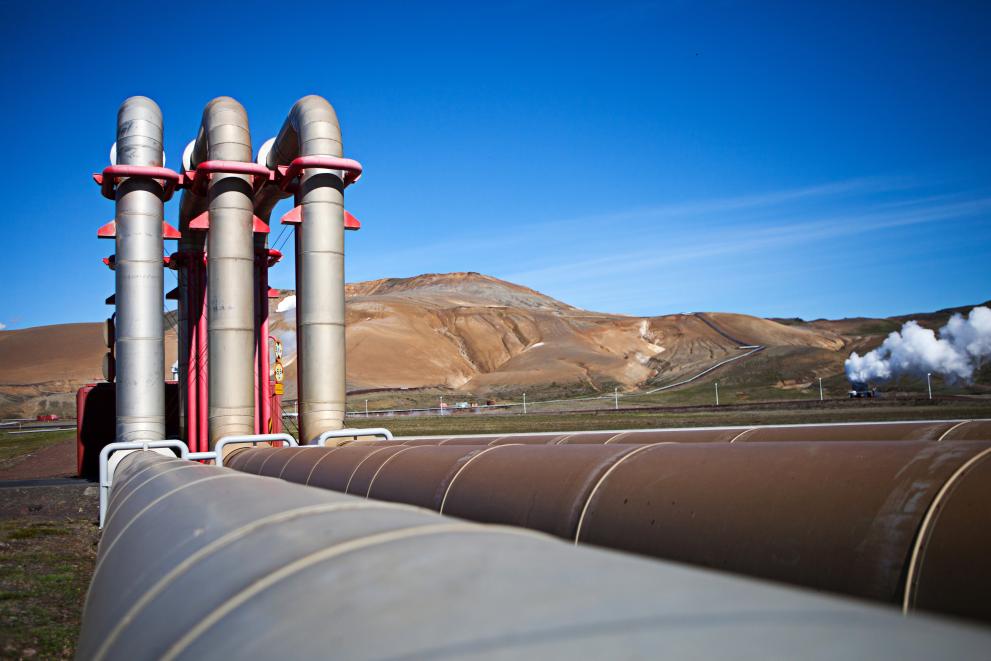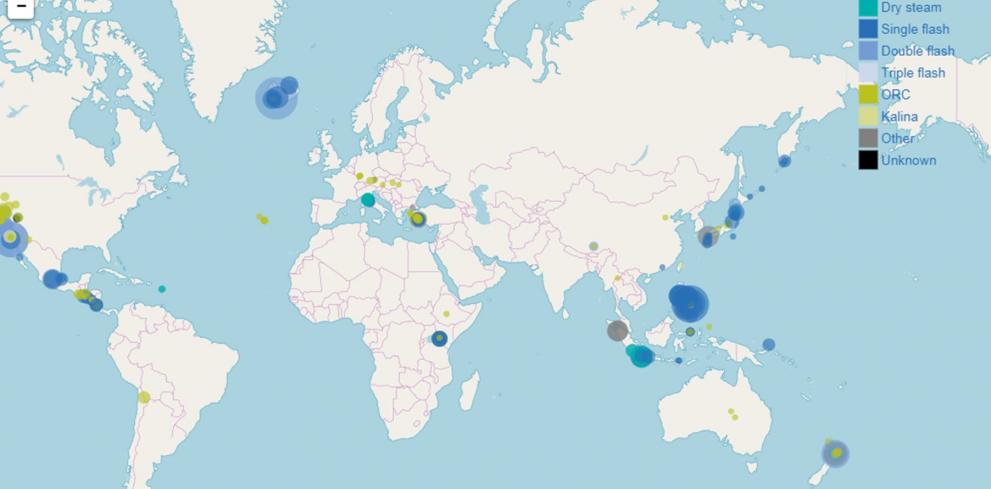
The EU has the fourth-largest geothermal power capacity in the world – just over 1GW, which is enough to power about 2 million homes.
Italy has by far the largest capacity in the EU (915MW), followed by Germany (38MW) and Portugal (30MW).
The top three global countries are the U.S. (3.4GW capacity), the Philippines (1.8GW) and Indonesia (1.6GW).
We know this because of a global geothermal energy dataset the JRC has been updating since 2014.
The data has now been made publicly available, with a wealth of information for assessing the global market for geothermal power.

The dataset covers all 366 geothermal power plants that exist across the world.
It shows how the cumulative capacity of geothermal power has increased steadily and almost linearly since 1985, reaching about 10.4 GW in 2017.
Beyond capacity, there's also a wealth of technical and market information about geothermal power plants, including turbine type, reservoir information and turbine manufacturer.
Trends in turbine types have changed in the past years.
Geothermal in the green energy mix
Geothermal energy is present in the earth in the form of heat stored in rocks, trapped vapour, water or brines.
The heat can be used directly for heating or to generate electricity.
The geographical distribution of heat within the Earth's crust is highly variable, with most heat in areas that have active tectonic plate boundaries or volcanoes.
The 'hot spots' in and around Europe are primarily located in Iceland, Italy and Turkey.
These three countries are among the top 10 geothermal energy producers in the world.
2016, geothermal energy contributed to around 3% of total primary production of renewable energy in the EU.
Before 2000, installations were traditionally dominated by large flash turbines.
The dataset shows how smaller power plants of the organic rankine cycle and Kalina type are now gaining market shares.
These new types of plant are able to produce energy at lower water temperatures. They are also more environmentally friendly - geothermal water and the working fluid are kept separated during the whole process, so there are little or no air emissions.
The units can also be produced in very small sizes, meaning minimal disruption to the environment.
Renewable energy can be produced from a wide variety of sources including wind, solar, hydro, tidal, geothermal, and biomass.
By using more renewables to meet its energy needs, the EU lowers its dependence on imported fossil fuels and makes its energy production more sustainable.
The renewable energy industry also drives technological innovation and employment across Europe.
Two major advantages of geothermal energy are the reliability of its supply and its nearly unlimited availability.
However, there are also some disadvantages of geothermal power such as large upfront costs related to exploration and drilling.
Related Content
Details
- Publication date
- 27 February 2019
